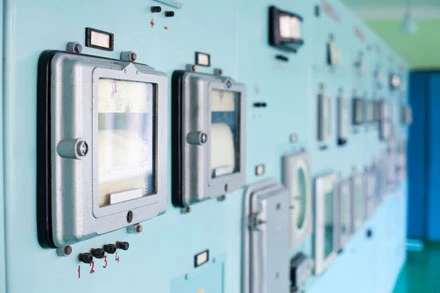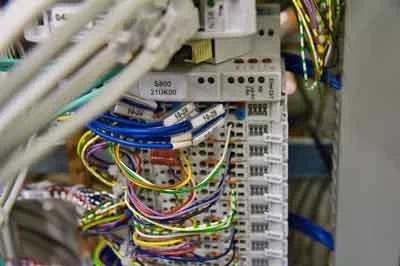Automation Standards 101

Understanding industrial and commercial automated systems
BY DONALD DUNN, International Society of Automation
To improve energy and operational efficiency, and leverage advances in smart technologies, electric power companies and other process industries are rapidly implementing automated systems.
The global industrial automation market is predicted to grow from $159.8 billion in 2012 to more than $200 billion by 2015, according to findings by IMS Research. The worldwide market for electric utility substation automation is expected to rise from $2.7 billion in 2012 to $4.3 billion in 2020.
The complexity of these automated systems—which rely on an increasingly sophisticated mix of instrumentation and control devices, computer technologies, and information networks—is expanding rapidly as well.
The challenge facing industries worldwide is effectively devising, applying, managing, and safeguarding automated systems so that they deliver on their great potential. For instance, as these extensive, mission-critical systems have multiplied so too have concerns over widespread power disruptions or other adverse events because of device failure and intervention from hackers and cyber terrorists.
This is why industrial automation standards are extremely valuable. Automation standards provide best-practice guidelines that support proper design and implementation of automation and control systems, and promote ongoing reliability, safety, and security.









